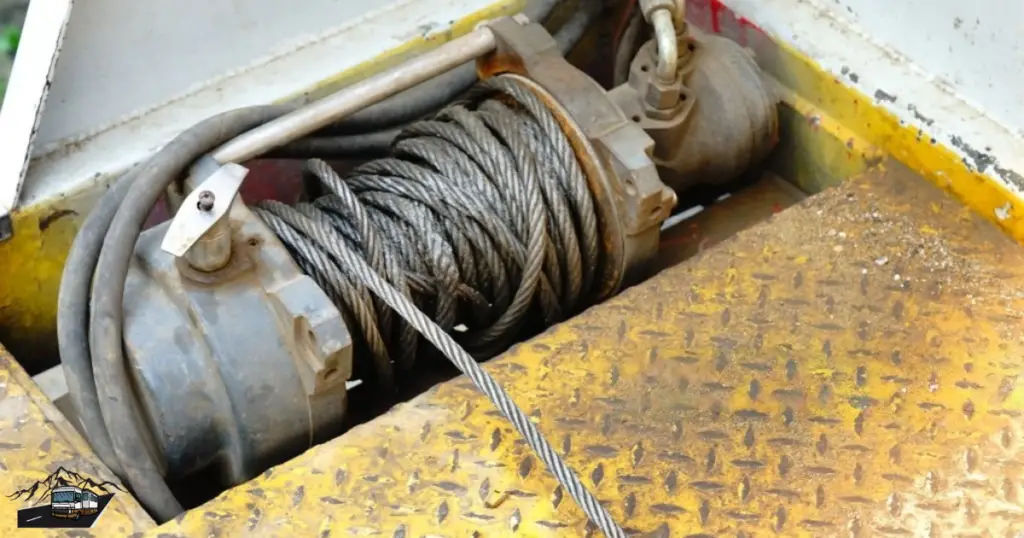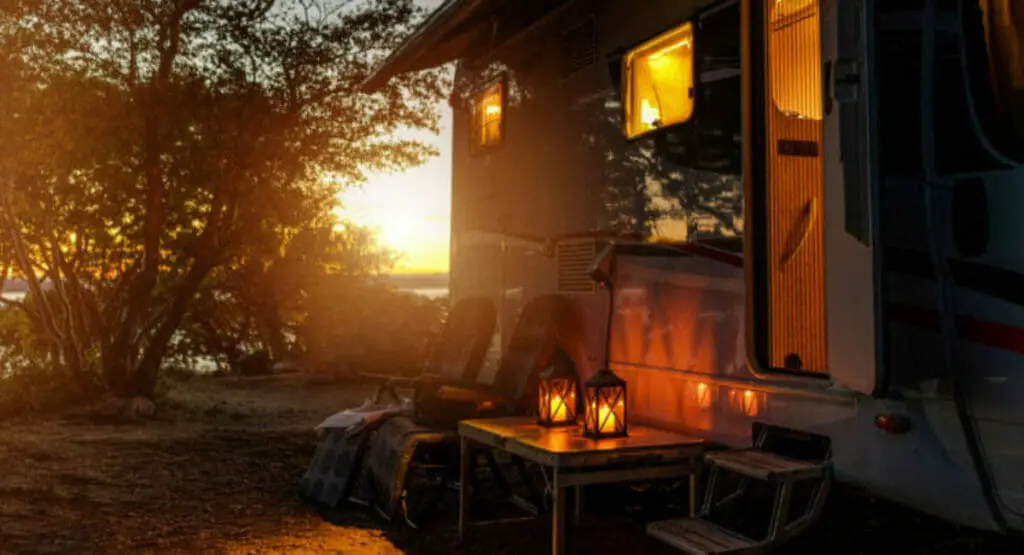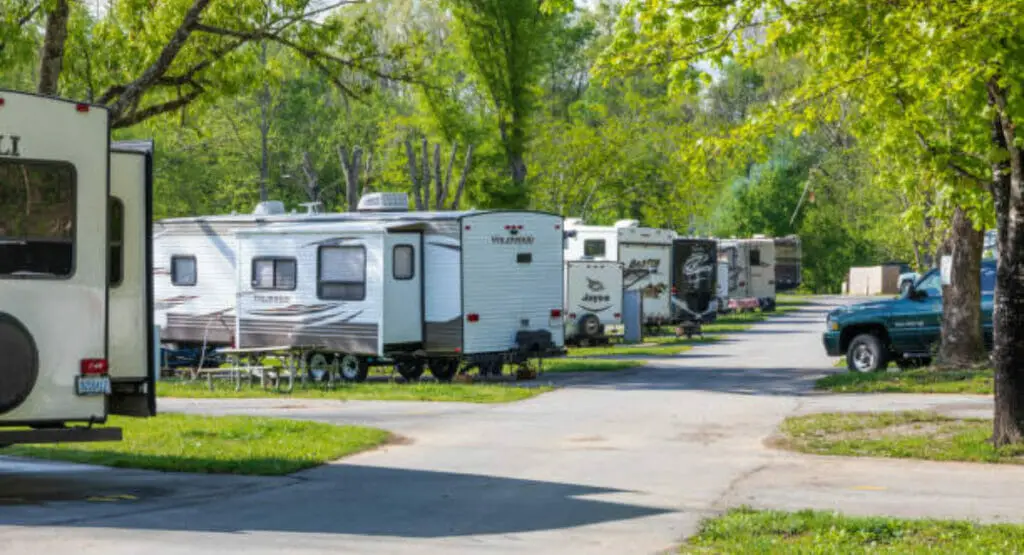Towing a trailer can be a thrilling experience, whether you’re hauling your boat to the lake for a weekend getaway or assisting a friend with a move. Towing can be a lot of fun, but it also comes with a lot of responsibility: ensuring the safety of yourself, your passengers, and other road users. The breakaway cable is an important component of trailer safety that is often overlooked but is undeniably necessary. This article will delve into the world of breakaway cables, answering the question, “Do I need a breakaway cable on my trailer?” and explaining why it is necessary for safe towing.
I. What Is a Breakaway Cable?
Before we get into the importance of breakaway cables, let’s first define them. A breakaway cable is a towing safety device that activates the trailer’s brakes if it becomes disconnected from the towing vehicle. It is made up of a strong cable or wire with a hook or clip on one end that connects to the towing vehicle and a loop or other attachment on the other that connects to the trailer’s breakaway switch or braking system.
II. The Breakaway Cable’s Role in Safety
Now, you might wonder, “Why do I need a breakaway cable?” The answer lies in safety, and it boils down to two primary reasons:
1. Preventing Uncontrolled Trailers:
Your last line of defense against a runaway trailer is a breakaway cable. If the trailer becomes separated from the towing vehicle while in motion for any reason, the breakaway cable will activate the trailer’s brakes, bringing it to a controlled stop. This keeps the trailer from careening uncontrollably down the road, which could lead to a serious accident.
2. Compliance with Regulations:
Using a breakaway cable is not only a safety recommendation in many areas; it is also a legal requirement. Specific regulations in various states and countries require the use of breakaway cables on trailers. If an accident occurs, failure to comply with these regulations can result in fines, penalties, and even legal liability.
III. When Is a Breakaway Cable Required?
The specific requirements regarding breakaway cables vary depending on your location and the type of trailer you’re towing. To ensure you’re always in compliance with the law and, more importantly, prioritizing safety, it’s essential to know when a breakaway cable is required:
1. Trailer Weight and Size:
Breakaway cables are required in many places for trailers that exceed a certain weight or size threshold. This threshold can differ from state to state or country to country, so it’s critical to become acquainted with the local regulations that apply to your specific situation.
2. Trailer Type:
Certain trailers, such as those designed to transport livestock or hazardous materials, may have stricter safety equipment requirements, such as breakaway cables. Check the specific requirements for your trailer type at all times.
3. Federal Regulations:
In the United States, breakaway cable usage is governed by the Federal Motor Carrier Safety Administration (FMCSA). These regulations apply to trailers with a GVWR of 10,000 pounds or more.
IV. The Benefits of Using a Breakaway Cable
Aside from the legal requirements and safety considerations, using a breakaway cable when towing a trailer has several other advantages:
1. Peace of Mind:
Knowing that your trailer has an extra layer of safety can provide you with peace of mind while driving, allowing you to focus on the road and enjoy the journey.
2. Valuable cargo protection:
If you’re towing valuable cargo, such as a classic car or expensive equipment, a breakaway cable can save you money in the event of a trailer separation.
3. Accident Prevention:
Breakaway cables are used not only to protect your property but also to prevent accidents and injuries to others on the road. A runaway trailer can be fatal, and a breakaway cable can mean the difference between life and death.
V. Installing and Maintaining Your Breakaway Cable
Now that you understand the significance of a breakaway cable, let’s go over how to properly install and maintain it:
1. Proper Attachment:
Secure one end of the breakaway cable to a sturdy location on your towing car, like the hitch receiver or the attachment point for the safety chains. Check that it is securely fastened.
2. Connection to the Trailer:
The other end of the breakaway cable should be connected to the trailer’s breakaway switch or braking system. For specific instructions on this connection, consult your trailer’s owner’s manual.
3. Length Matters:
The breakaway cable should be long enough to allow for turns but short enough to prevent dragging on the road. Excessively long cables can pose a safety hazard.
Inspection: Inspect your breakaway cable on a regular basis for signs of wear, fraying, or damage. If you notice any problems, replace it.
4. Testing:
Before each trip, test the breakaway system to ensure it is working properly. The breakaway switch on many trailers has a “pull test” feature that allows you to test the system’s effectiveness.
Conclusion
So, in response to the question, “Do I need a breakaway cable on my trailer?” – You do, and with good reason. A breakaway cable is an essential safety device that can prevent accidents, save lives, and keep you legal. It’s a simple and inexpensive addition to your towing setup that provides invaluable protection.
Towing a trailer responsibly entails more than just getting from point A to point B; it also entails doing so safely and with consideration for others on the road. Installing and maintaining a breakaway cable is a small but critical step toward making every trip with your trailer safe and enjoyable. So, the next time you hitch up your trailer, remember to include this important piece of safety equipment in your setup. Your fellow motorists and your peace of mind will thank you.



